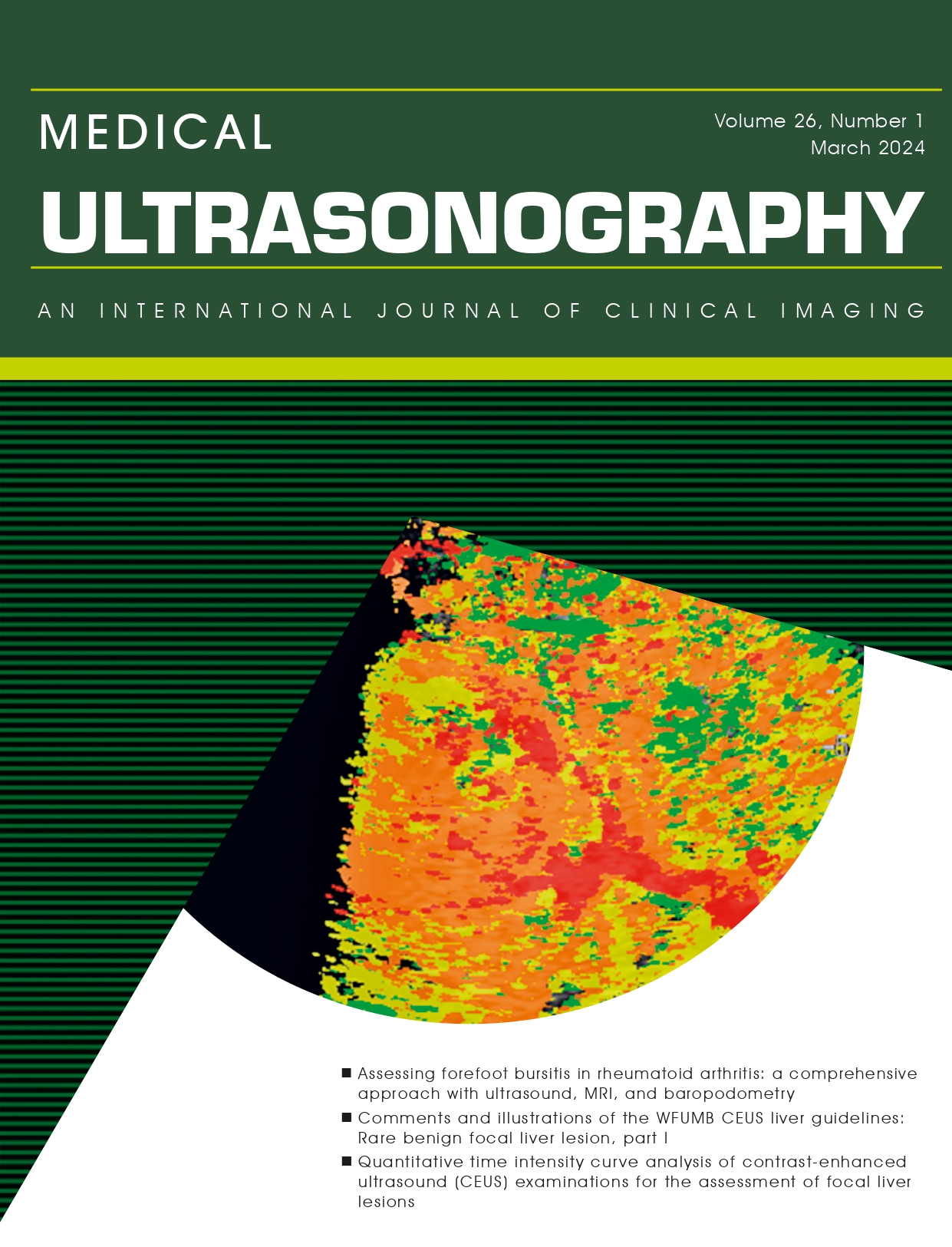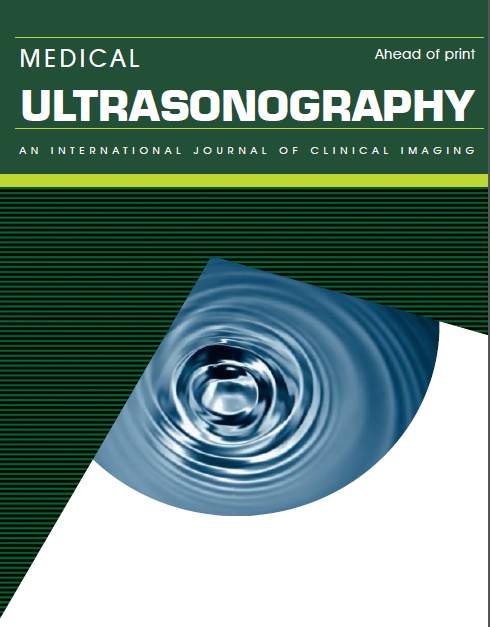Ankle involvement in rheumatoid arthritis – a comparison of inflammatory signs on musculoskeletal ultrasound and magnetic resonance imaging
Abstract
Aim: To evaluate the frequency of tibiotalar and subtalar joints together with extensor, flexor and peroneal tendons inflammatory lesions in rheumatoid arthritis (RA) patients by using ultrasound (US) and magnetic resonance imaging (MRI).
Material and methods. Fifty RA patients and 25 healthy subjects were prospectively included. All patients and controls
underwent clinical examination (to screen for swollen and/or tender ankles) and ankle US and MRI (to screen for synovial
hypertrophy – SH, tenosynovitis and power Doppler – PD signals). The imaging tests were compared using overall agreement, positive agreement, Cohen’s κ, sensitivity, specificity and positive likelihood ratio.
Results. The subtalar joint had the highest frequency of US-detected SH (30%), as well as positive PD signals (10%). Regarding US joint effusion, the tibiotalar joint recorded the highest frequency (44%). The most frequent US tenosynovitis was detected in the tibialis posterior tendon (40%). Compared to MRI, US evaluation of tibiotalar joints had very good agreement and large effect on detection probability for both SH and effusion (kappa 0.84, positive likelihood ratio 21.1). Compared to MRI, the sensitivity and specificity for US joint involvement ranged between 72.0-88.5% and 82.4-95.8%, and for tenosynovitis were 33.3-78.6% and 85.2-100%, respectively. Compared to asymptomatic RA patients (n=25), those with at least one symptomatic ankle (n=25) had significantly higher frequencies of both SH and effusion in all the evaluated structures.
Conclusion: US has high sensitivity and specificity in detecting RA inflammatory lesions in the ankle and rearfoot, in very good agreement with MRI. The high frequency of ankle inflammatory lesions in RA should result in increased interest in the imaging evaluation of these structures.
Keywords
DOI: http://dx.doi.org/10.11152/mu-2038
Refbacks
- There are currently no refbacks.




